Arduino Nano Every Review: Features, Specs, and Projects
Want to win an Arduino Nano Every? Check out this week's Electromaker Show to enter!
The Arduino Nano Every is the latest addition to the Arduino family, offering enhanced features at an affordable price. In this review, we'll delve into its specifications, benefits, and potential applications.
In this episode of Product of the Week, we will be showing off the mighty, the strong, the all-incredible Arduino Nano Every! The Arduino Nano is a great development board, it's small, it's light, and it's very capable. However, the Nano is an old design, and there are a number of features that could be improved on, one being its price. The Arduino Nano Every is Arduino's answer to the dire need for upgrades on the Nano, making a number of fundamental changes while still keeping the board compatible with previous Nano projects.
Why is the Arduino Nano Every Awesome?
Besides the fact that this board works with the Arduino IDE and associated libraries (which is awesome enough for me, it's amazing how many modern microcontroller boards are brought out that use some weird environment, or require command-line coding. You know who you are, yes, I’m looking at you!). The Nano Every also packs in a range of features that help engineers and makers maintain backward compatibility, such as being 5V tolerant, reduced cost, and an improved USB connector. In fact, most people who currently use Nanos will find that transitioning to the Nano Every is not only easy but cheaper too (which is great for the little allowance that I am permitted to have, as I have a bit of a spending problem when it comes to electronics).
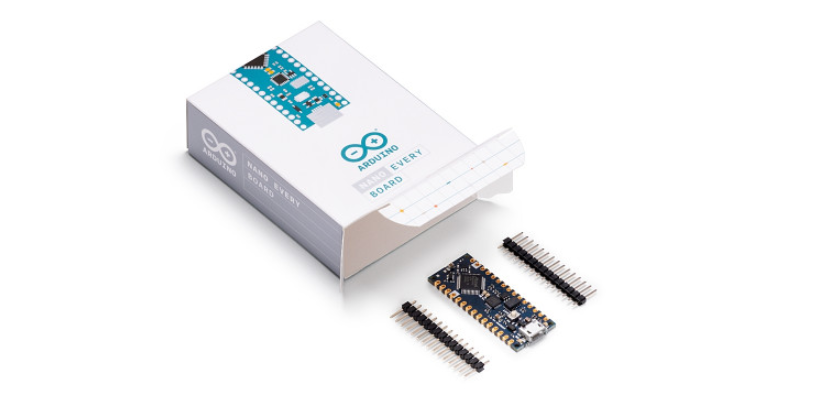
Arduino Nano Every Features and Specs
To start, the first feature that the Arduino Nano Every introduces is that it chucks the older Atmega 328 for the Atmega 4809. This new microcontroller has the same AVR core as the Nano but integrates 50% more program memory and 200% more RAM. This allows for the Arduino Nano Every to handle larger programs and more variables.
The second important feature change is the number and type of peripherals included in the updated processor. While both contain timers, SPI, UART, and I2C, the 4809 improves many of these peripherals and even includes new ones including a configurable custom logic unit with 4 lookup tables (basically, a really, really tiny FPGA), the ability to operate TWI in both master and slave configurations simultaneously, one analog comparator, CRC code scanner to ensure program integrity, and interrupts on all GPIO.
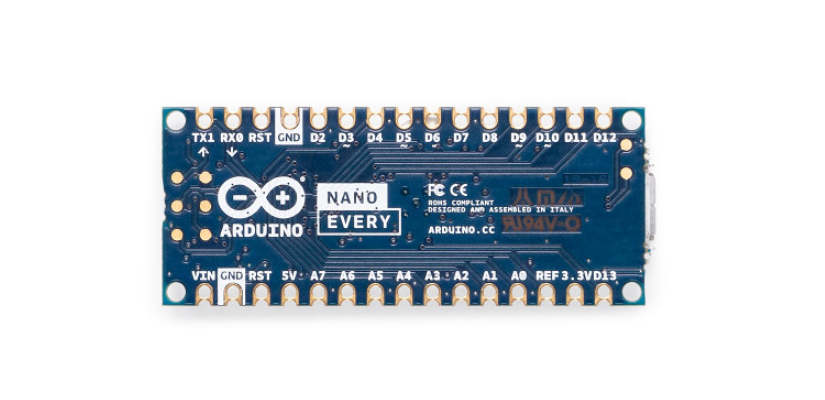
Thirdly, the Nano Every does away with the USB-Serial bootloader, and instead uses a dedicated microcontroller for programming the main processor. One advantage is that the programmer can be used both as a serial port and for debugging, but at the same time, it also allows for two hardware serial ports which can be immensely useful.
Fourthly, the single-sided construction of the Nano Every, and probably some deals over dinner between Arduino and the makers of the Atmel MCU, has significantly dropped the price, by around $5 to $6. This is a significant saving and is especially helpful for those who want to purchase these boards in bulk.
In addition to all of this, the Nano Every has dropped the Mini USB B in favor of a Micro USB B, but personally, I would have liked to see a USB-C. Maybe we will get one in the future, but the use of the micro UBS B still makes the board much smaller. Oh, and let's not forget that this version comes with headers pre-soldered!
What projects can you do with the Arduino Nano Every?
Undoubtedly, the Nano Every can be used in any and all projects that its predecessor the Arduino Nano can be used in, minus the fact that the change in USB connector would require older projects to upgrade their connections.
So, to start, the Arduino Nano Every is an ideal board for those looking to start with microcontrollers. While the Arduino Uno can also do this, providing pin headers to connect to other shields and wires, the Nano Every has soldered pin headers which are compatible with breadboards. This makes integrating the Nano Every into other projects far easier.
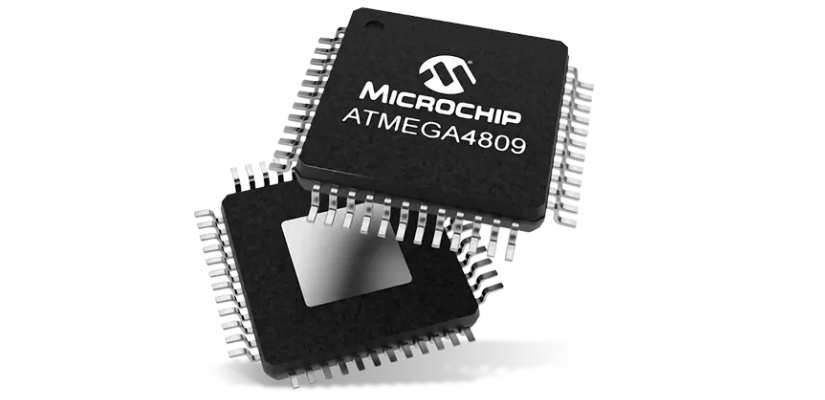
Another excellent use for the Nano Every is in portable devices that need to reduce weight as much as possible. The small size and weight of the Nano Every allow it to be discretely added to projects such as remote-controlled devices, remote IoT sensors, and even wearables. Of course, there are smaller boards out there, but the Nano Every is an excellent entry-level device to get started.
The configurable logic unit with multiple look-up tables also makes the Nano Every an excellent option for those who need a microcontroller to react to fast logic signals without using code. Thus, the configurable logic block can be used to replace external discrete logic circuits and help to create faster hardware. One such example where the configurable logic block can be used is with bit-banging specific protocols, such as NeoPixels. This does away with the need for software libraries or execution time.
Final thoughts
The Arduino Nano Every is the upgrade that everyone has been waiting for, and its lower price tag combined with additional features over the Nano makes it a no-brainer. If you would like to purchase yourself a Nano Every... WITH… pre-soldered headers, then head over to the Electormaker store where we have plenty in stock!
Where to Buy the Arduino Nano Every?
If you're convinced about the capabilities of the Arduino Nano Every and are looking to purchase one, visit the Electromaker store. They offer the Nano Every with pre-soldered headers, ensuring you get the best version of this board."





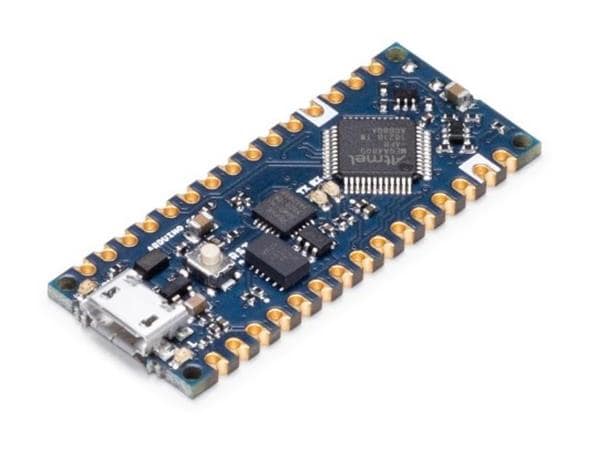


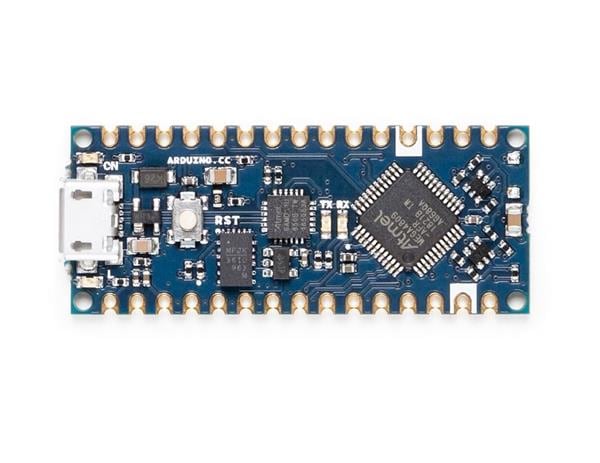

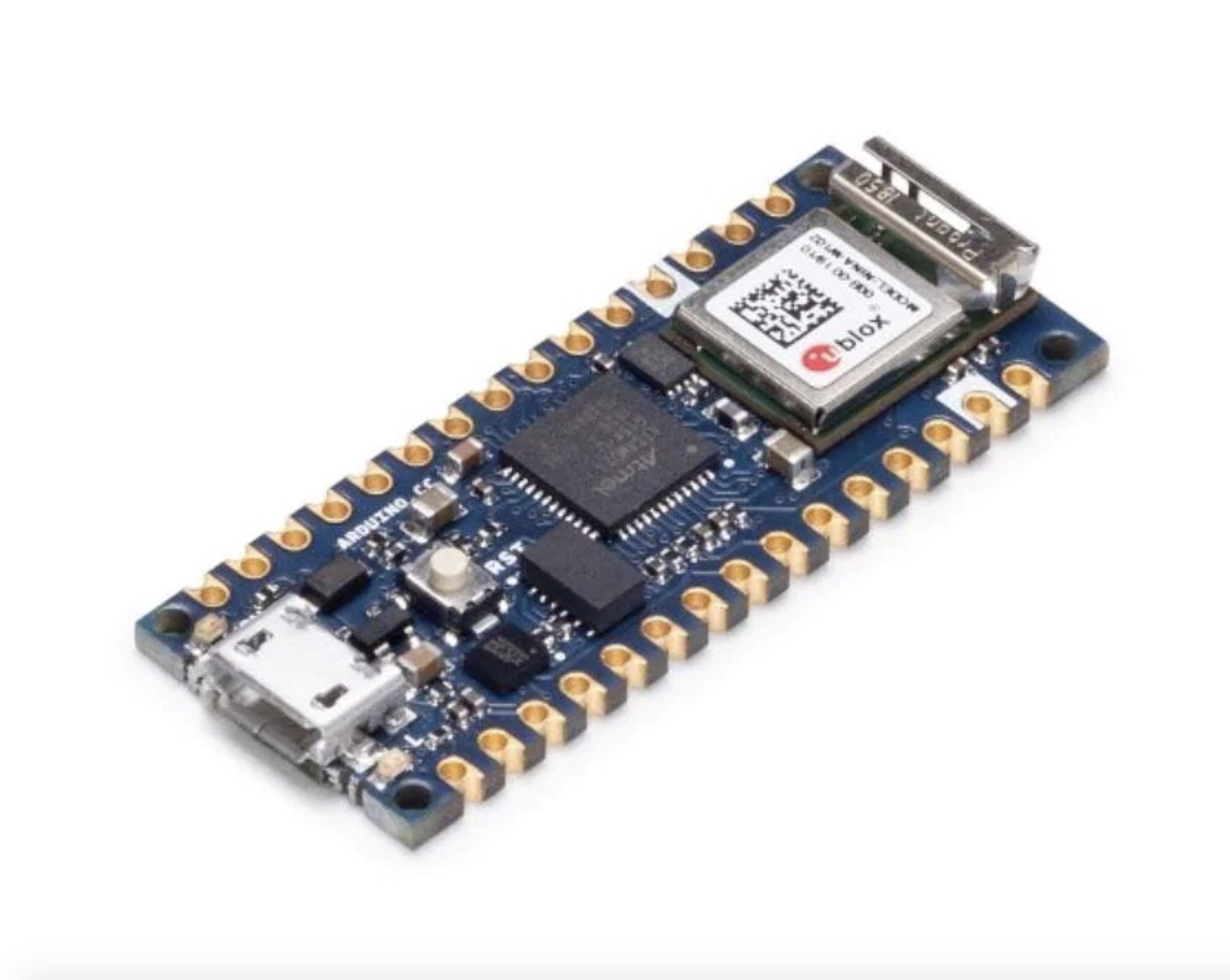
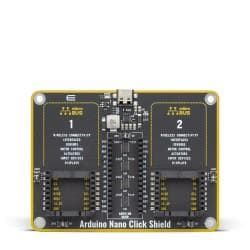
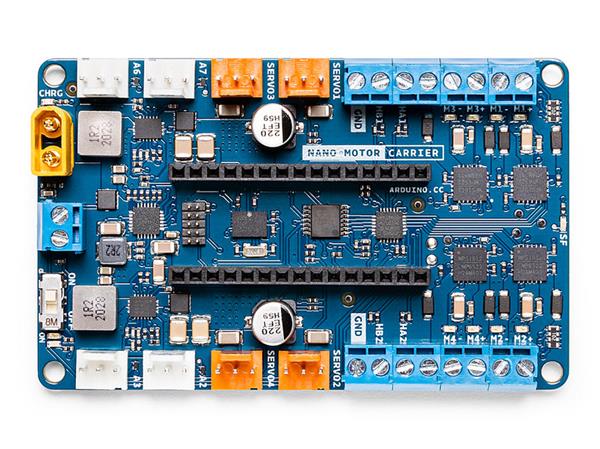
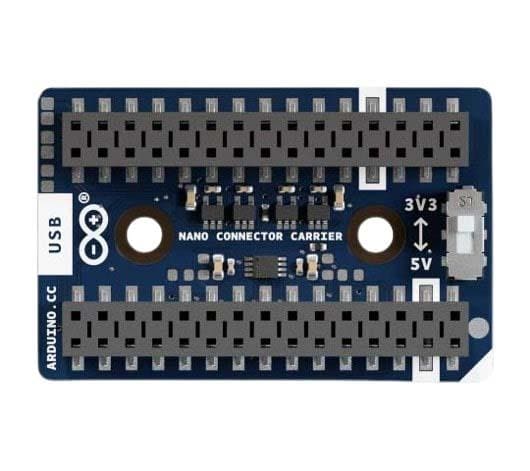
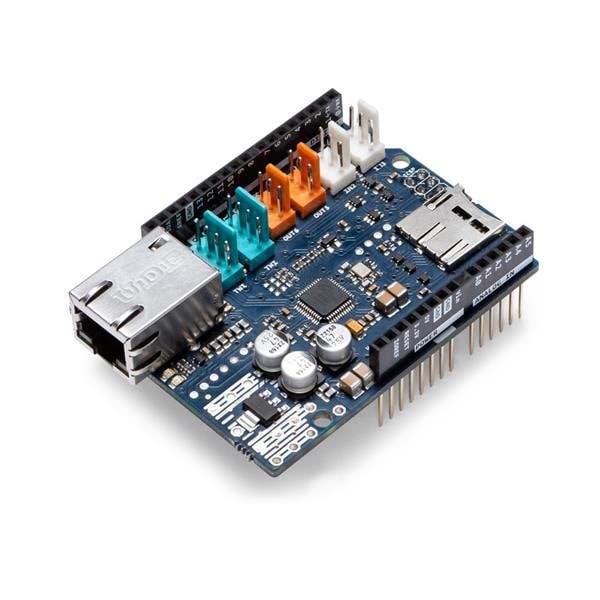
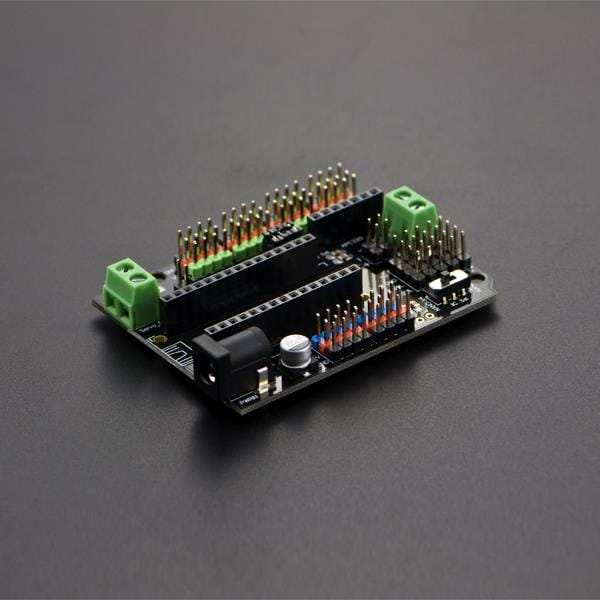
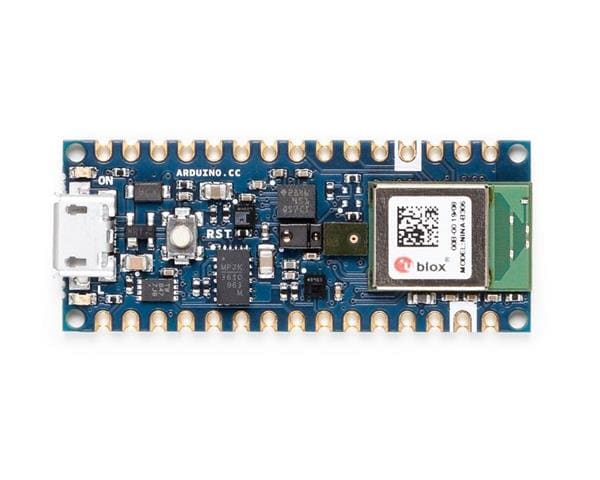


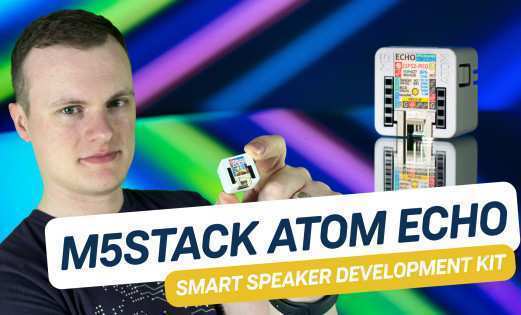
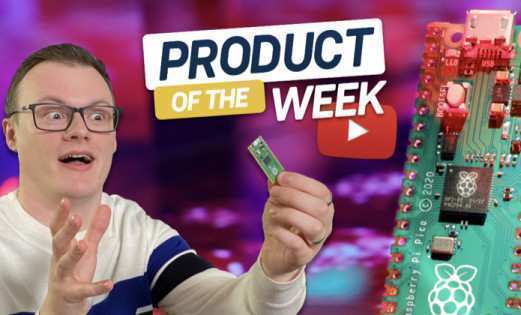
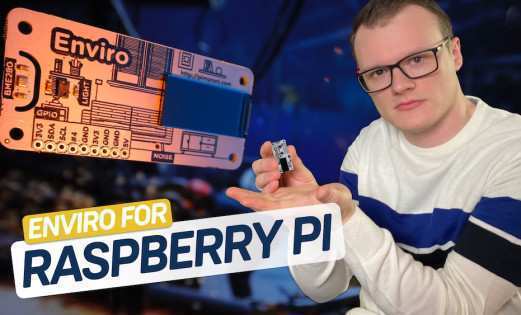
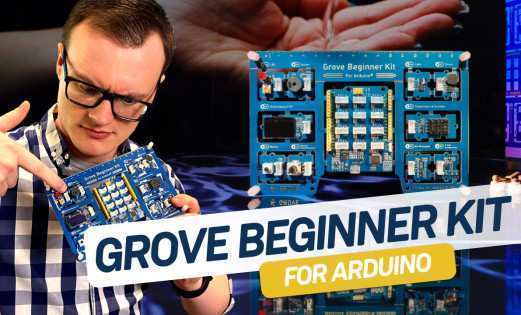
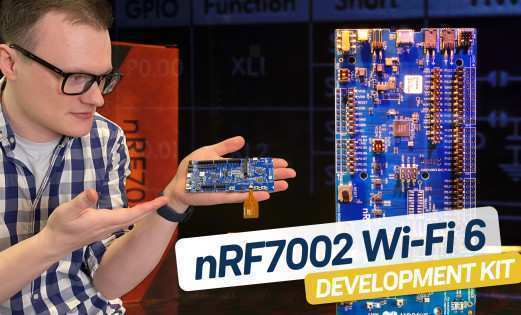
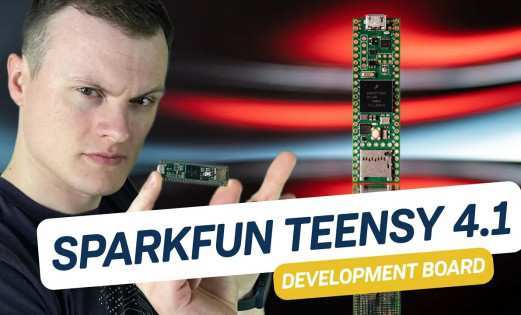
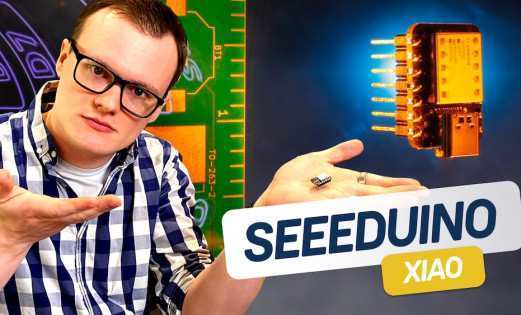
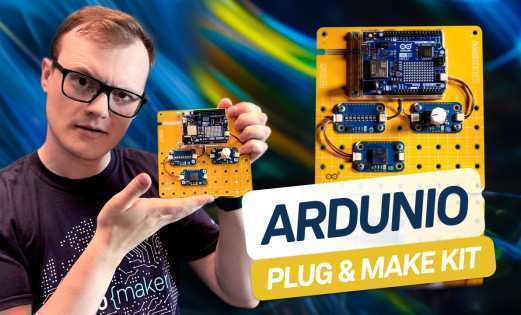
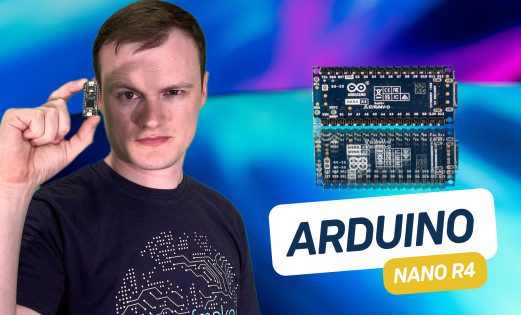
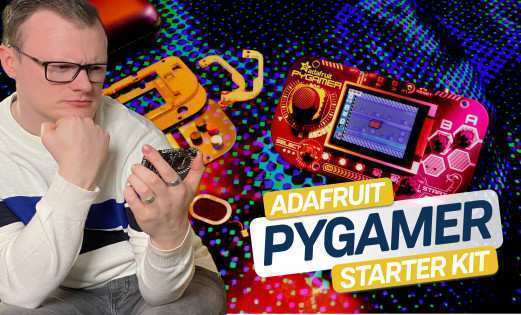
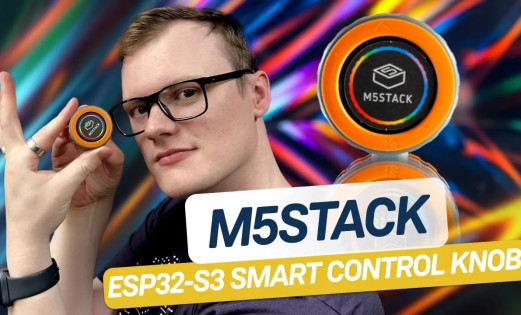

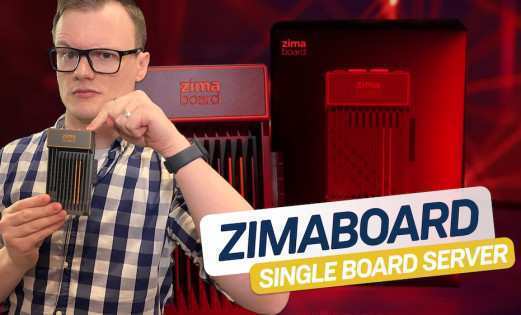
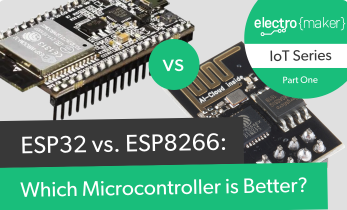

Leave your feedback...